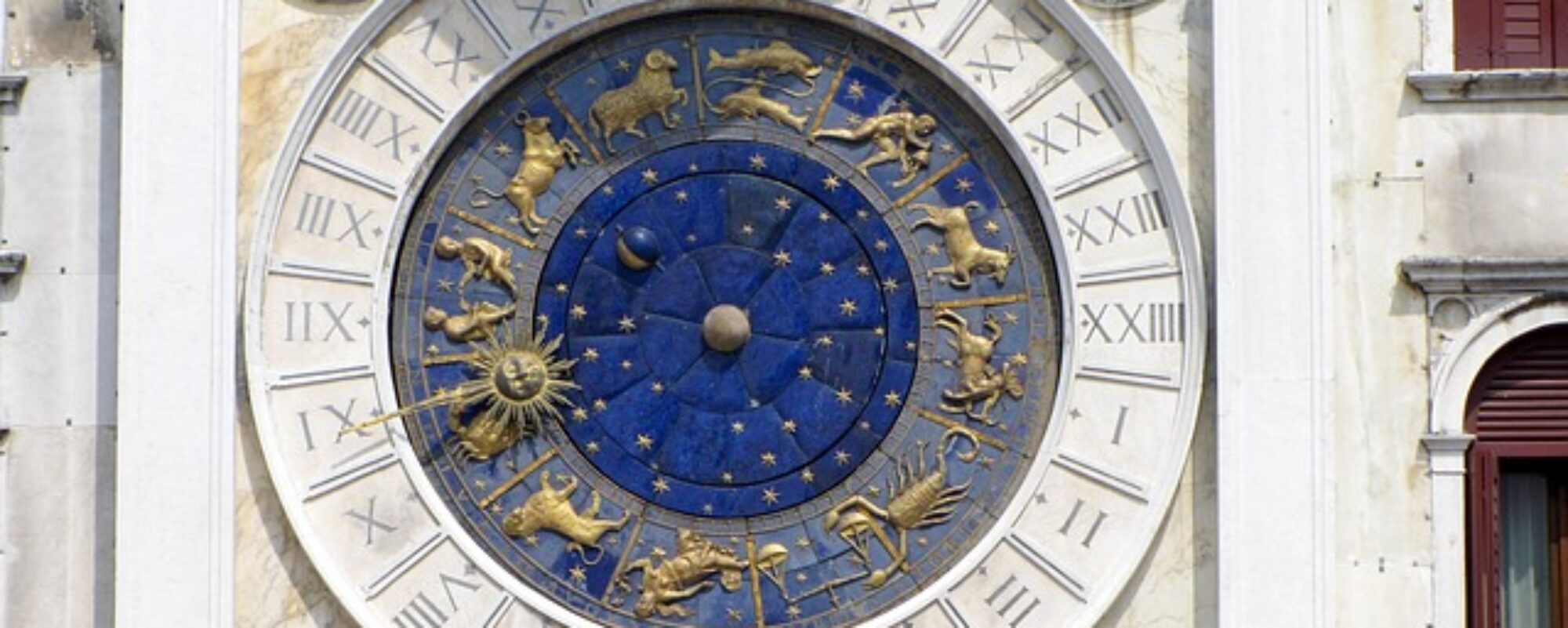There will be a partial Solar Eclipse on April 30, 2022. It will be visible in the Southern countries of South America, such as Argentina and Chile.
Eclipses have traditionally been seen as bad omens, and I agree that, for the most part, they are. They represent a temporary triumph of Dark over Light.
I discuss my thoughts about eclipses in the video below:
[youtube https://www.youtube.com/watch?v=fXlh6ZgzzkM&w=560&h=315]Even so, every eclipse is different, and sometimes positive things may come from them. For a deeper discussion of this, see:
Can Eclipses Bring Good Things?
The Eclipse of April 30, 2022, is likely to be rather mild. The chart is mild for the most part, and it is part of a Saros Series that is long past its prime.
Chart of the Solar Eclipse of April 30, 2022
If this chart was not the chart of a Solar Eclipse, I would have said that it was quite positive. Venus and Jupiter are in a tight conjunction in Pisces, where Jupiter rules and Venus is exalted. Mercury is in her own sign of Gemini. The Sun and Moon in Taurus are only one degree away from a sextile with Mars, who is also in Pisces. Saturn is happy in her own sign of Aquarius, but is not interacting with any other planet.

This is the chart of an Eclipse, however, so, no matter what it looks like, it is not completely benign.
It will be important to be careful of things that look too good to be true. There may be hidden costs to opportunities that appear during this time. This is especially emphasized by the fact that Venus and Jupiter are moving into a sextile with Pluto. The biggest danger is selling out with respect to one’s convictions and beliefs in order to obtain material benefits.
Succumbing to such a temptation could be devastating in the long run, even if it seems to go well at the time.
Solar Saros Series 119
Every eclipse belongs to a family of eclipses that occurs about every 18 years. These families are called Saros Series, and they last between 1200 and 1500 years. Solar Saros Series begin at one pole and end at another.
For more information about this, see:
Eclipse Seasons and Saros Cycles, The Solar Eclipse of August 11, 2018
The eclipse of April 30, 2022 belongs to Solar Saros Series 119. This series began at the North Pole on May 15, 850. It only produced two Total Solar Eclipses, the first on August 9, 994, and the second on August 20, 1012. Both of these eclipses were visible in England and Scandinavia and seem to be related to key events in the history of Danish rule in England.
Another Annular Solar Eclipse of this series occurred on September 22, 1066, less than a month before the Battle of Hastings, which brought England under Norman rule. The Solar Eclipse was not visible in England, but the Lunar Eclipse that it was paired with was.
This series is near the end of its life-cycle, though. The last Solar Eclipse of this series will occur on June 24, 2112. This weakens the impact of this Eclipse.
Transits April 30 to May 14
On the day of the Eclipse, the conjunction between Venus and Jupiter will be exact. As I discussed earlier, this would be a wonderful transit if it did not occur during an eclipse. Still, it should neutralize many of the negative effects of the Eclipse. Unfortunately, the eclipse will, in turn, corrupt many of the positive effects of the transit.
The other transits during these two weeks will be rather mild, and most of them will play out on the world stage rather than on a personal level. The busiest times will be between May 3 and May 7, in which people may be more temperamental than usual, and between May 13 and May 15, which could be important on the world stage.
Conclusion and recommendations
This is a very mild Solar Eclipse. The chart for the eclipse is quite pleasant, and it comes from a Saros Series that is winding down. It should not have much impact either on the personal level or on the world stage.
Even so, if you are in the path of the Solar Eclipse, it is best to avoid looking at it, and if possible draw the curtains to your windows while it is occurring.
